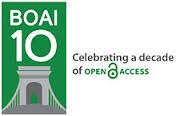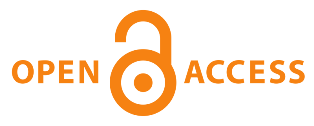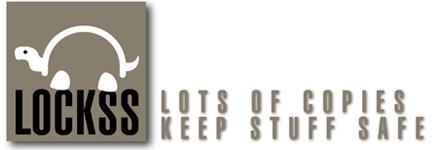Editorial Policies
Focus and Scope
JP3I (Jurnal Pengukuran Psikologi dan Pendidikan Indonesia) focus and scope: new developments of psychological measurement techniques, new developments and innovative applications of psychometric methods, & new developments and innovative applications of advanced statistical methods in psychology and education.
Section Policies
Articles
 Open Submissions
Open Submissions Indexed
Indexed Peer Reviewed
Peer Reviewed
Peer Review Process
All submitted papers to JP3I (Jurnal Pengukuran Psikologi dan Pendidikan Indonesia) are subject to double-blind review process.
Publication Frequency
JP3I (Jurnal Pengukuran Psikologi dan Pendidikan Indonesia) publishes twice a year since 2012 in April and October.
Open Access Policy
This journal provides immediate open access to its content on the principle that making research freely available to the public supports a greater global exchange of knowledge.


Archiving

This journal utilizes the LOCKSS system to create a distributed archiving system among participating libraries and permits those libraries to create permanent archives of the journal for purposes of preservation and restoration. More...

